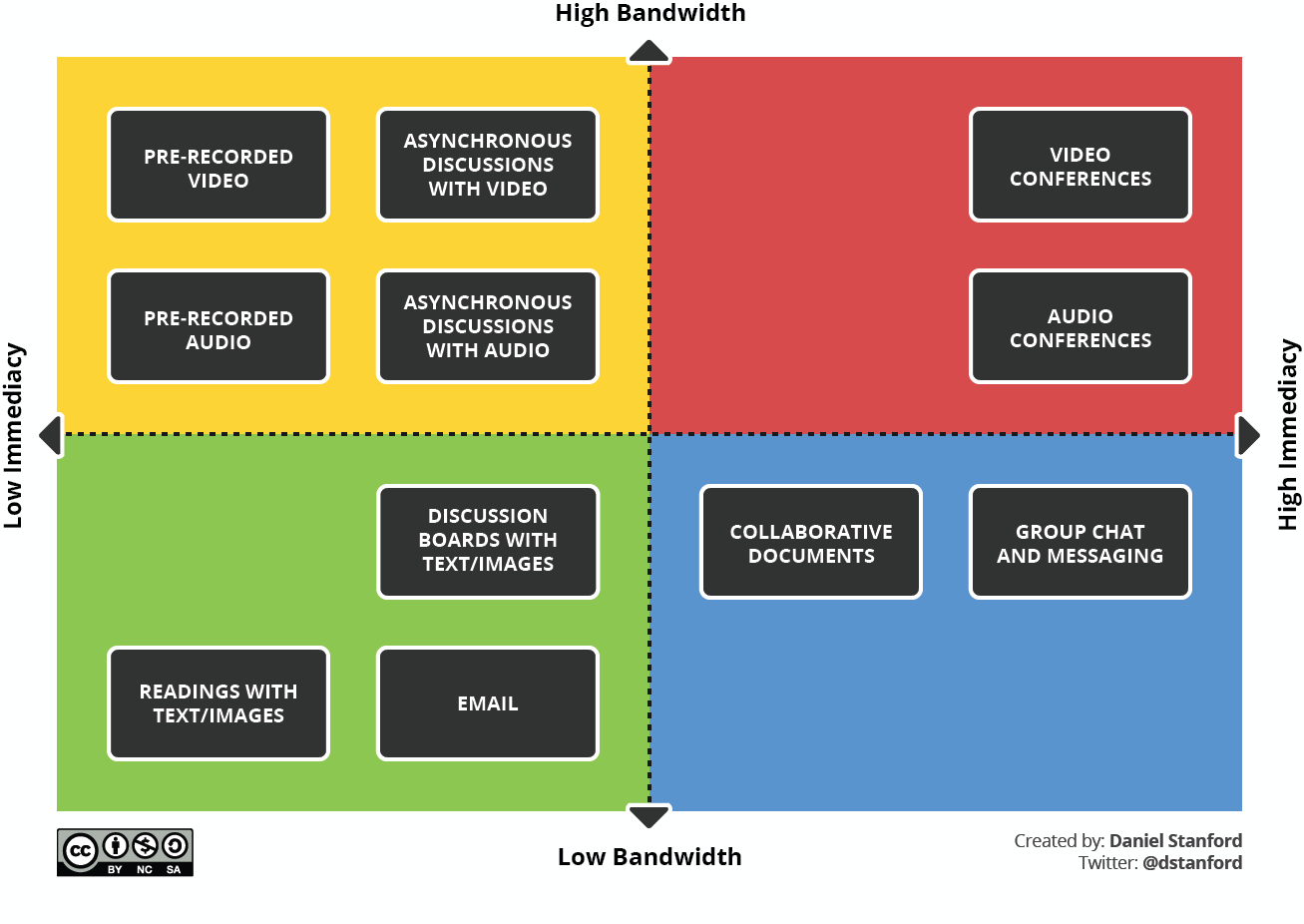Teaching through campus closures

Being prepared for all eventualities
Often Seattle University escapes the academic year without a single campus closure. But the occasional snow day in fall or winter does happen and can raise faculty and student anxiety about the syllabus and assignments. Similarly, it makes sense for us all to engage in a little risk management in case some other unforeseen circumstance should make our regular classes inaccessible.
After extended remote teaching during the COVID-19 pandemic, many of us have become adept at switching to online formats so that class keeps going.
What remains outside our control, however, is power outages. We're lucky that, with our central location in Seattle, any campus outages are some of the first to be repaired. Yet our commuter students - as well as those of us who live further into the countryside - may be out of power for longer, as well as potentially experiencing the other issues we experienced in the pandemic: lack of quiet space, care-giving responsibilities, uneven access to online materials, and low bandwidth when trying to engage in class.
This page provides some preemptive and in-the-moment advice and recommendations on how best to respond to campus closures.
Remember that if power outages occur, our online solutions are moot, so think about both technology-infused and technology-free options.
In thinking about the technological options available to you, you might find Daniel Stanford's Bandwidth–Immediacy matrix helpful. (Access Stanford's original article here.)

The following advice is divided into three sections, based on timing:
-
In-the-moment: Advice for when you need a back-up plan *now*
-
After-the-moment: Catching up on course content once campus reopens
-
Preemptive: General advice for the course planning process – ready for next time!
David A Green, PhD | Created Winter 2019; last updated Fall 2024